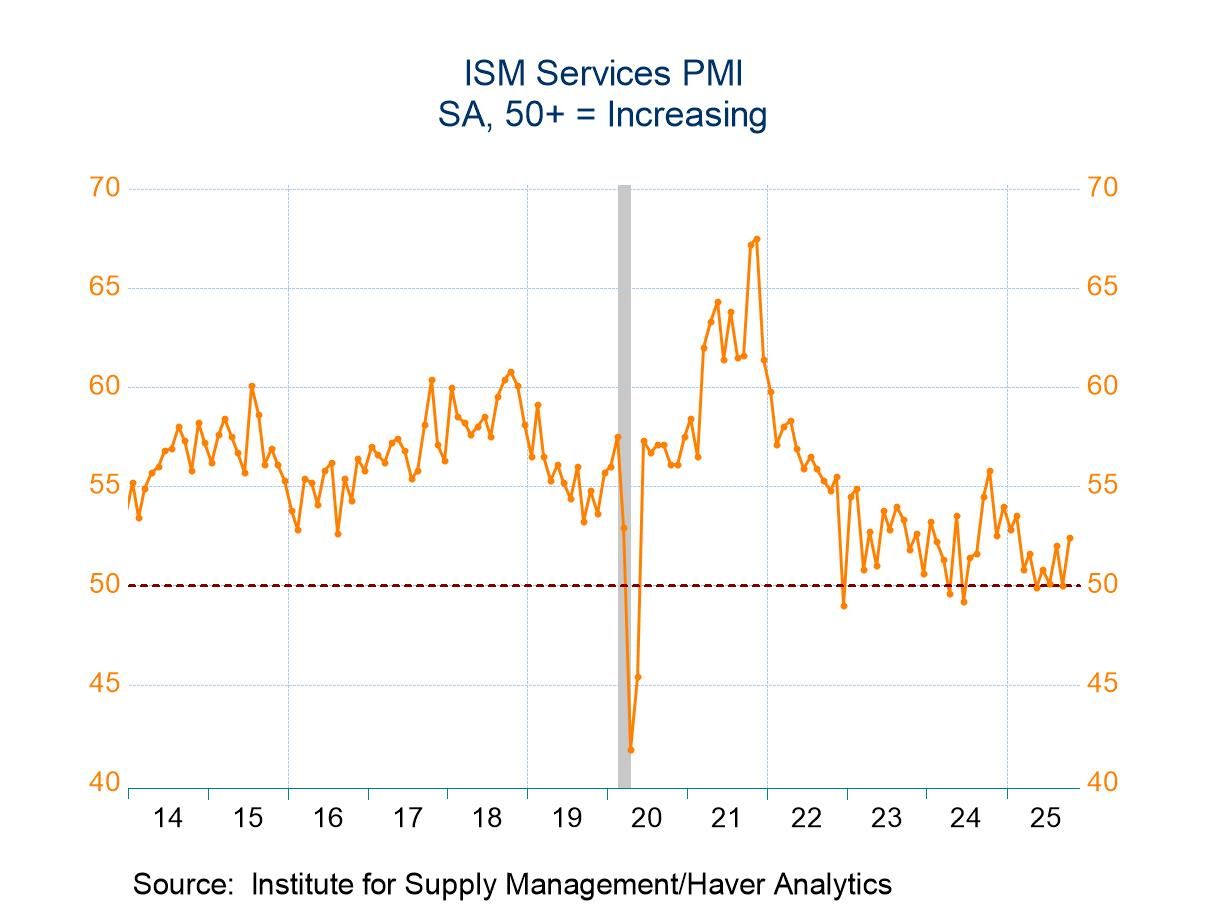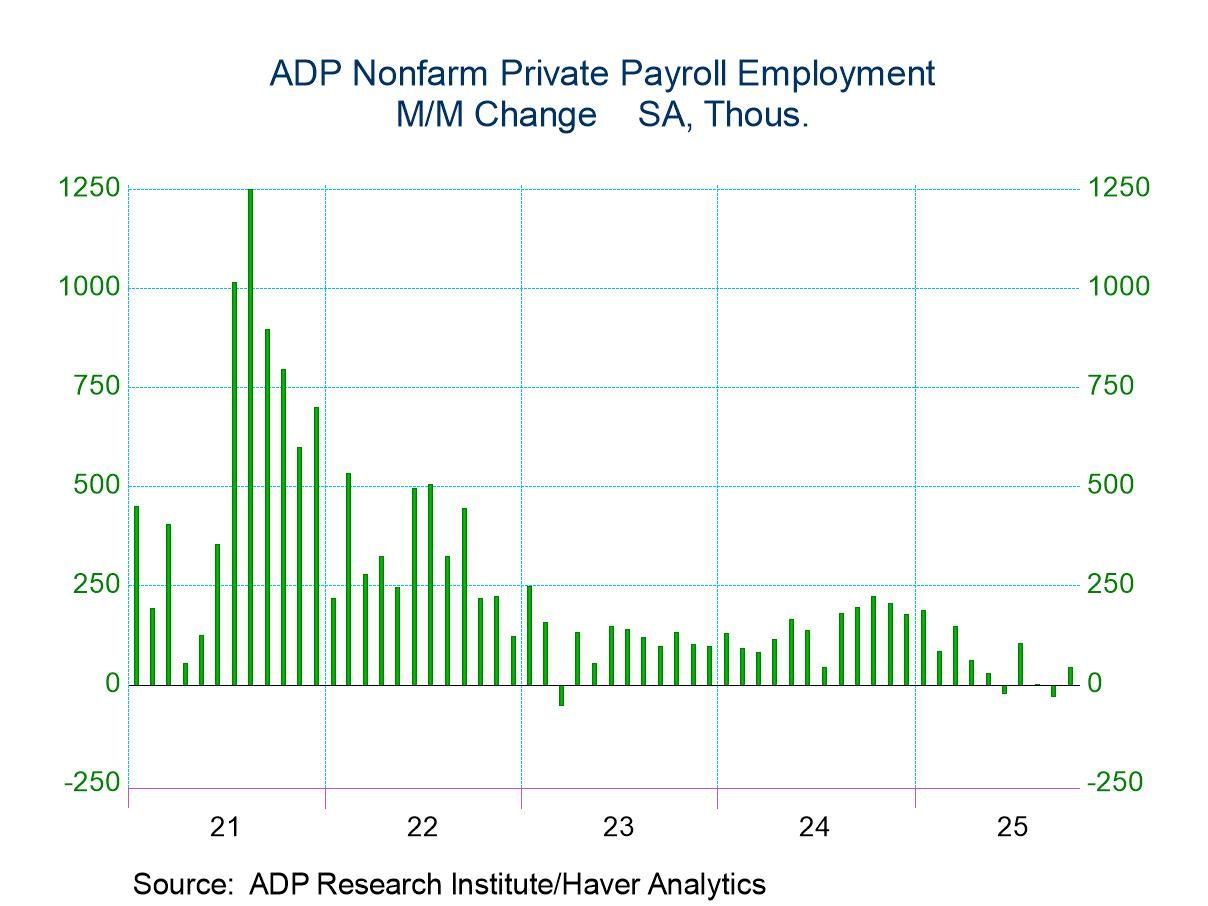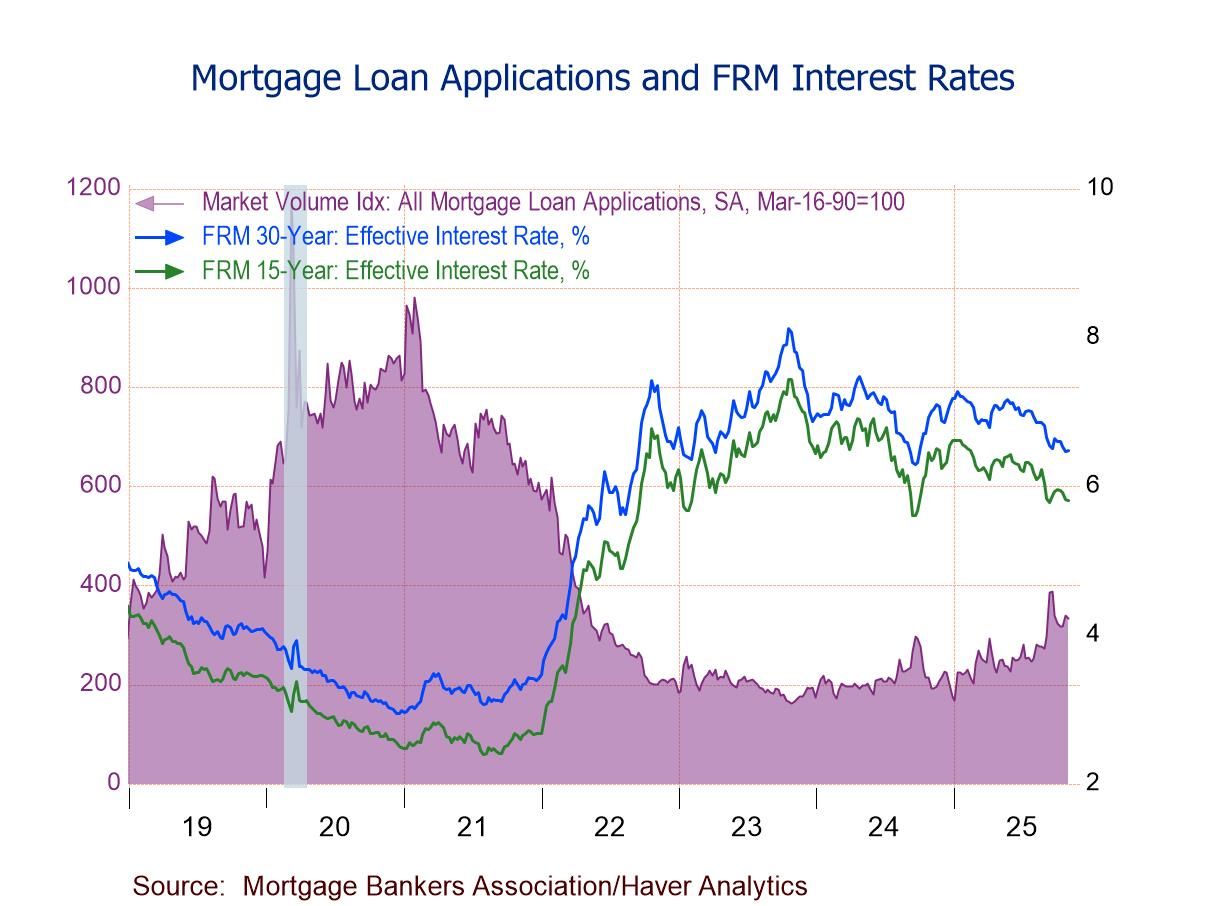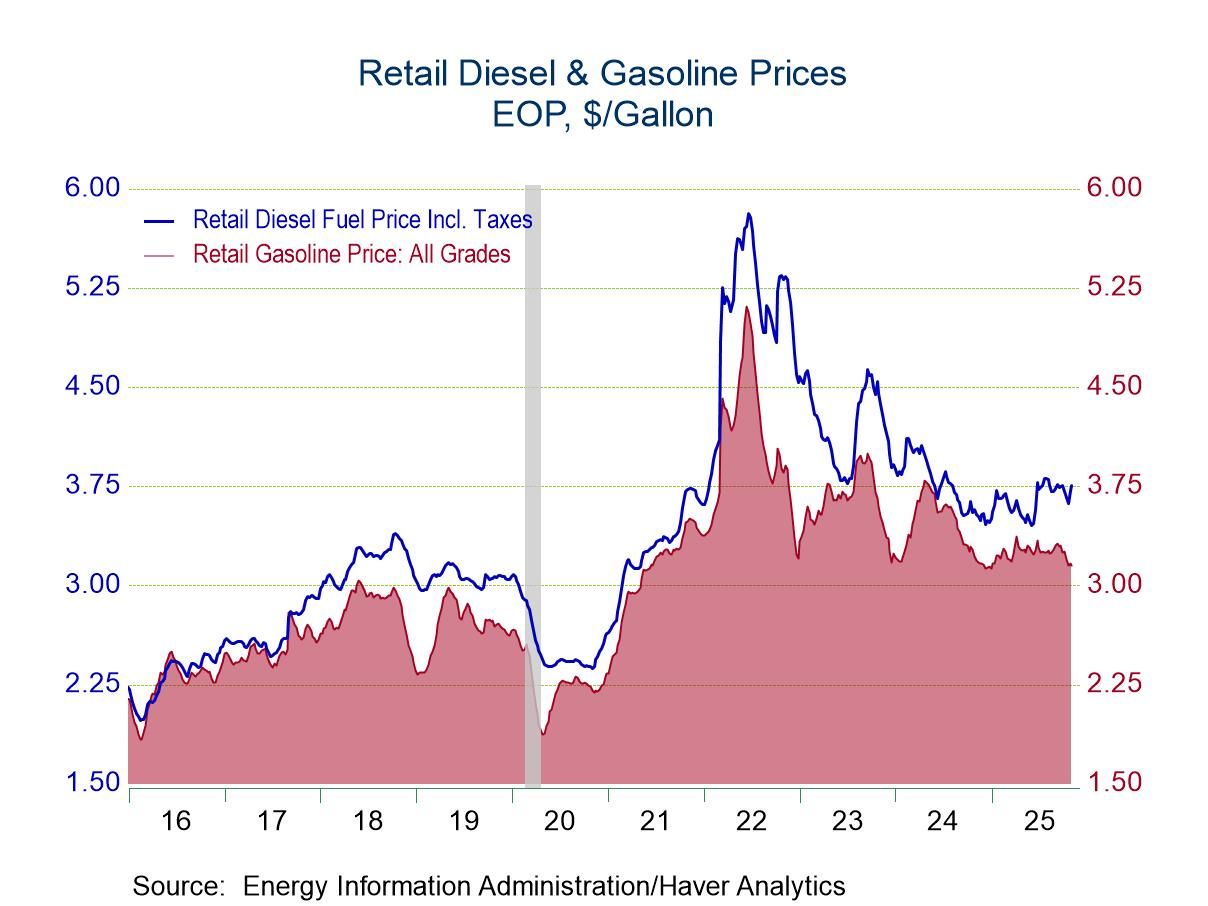German Climate Reading Continues to Skid Toward the Abyss

Germany's GfK consumer climate reading improved ever so slightly in June to -26 from -26.6 in May. This look-ahead view of climate for June improves but is nonetheless still extremely weak. The May reading is lower than the June reading, but the June reading has been weaker historically only 0.4% of the time less than 1/2 of 1% of the time (that translates into once before, namely in May 2022). Consumer climate in Germany is literally scraping the bottom of the barrel in 2022.
Climate in Germany continues to be extremely weak. Climate had peaked about one year ago; however, much of the deterioration is quite recent. In February, for example, the climate reading was only -6.7 and only slipped to -8.5 in March, then, in April, it stumbled badly to -15.7 and then May registered minus 26.6. Since the Russian invasion of Ukraine, the deterioration in climate has been greatly expedited.
The component readings for climate in the GfK consumer confidence framework lag by one-month so we have our most current readings as of May. In May the economic expectation reading improved from -16.4 to -9.3, the income expectation reading improved from -31.3 to -23.7, but the propensity to buy deteriorated slightly from -10.6 to -11.1.
Regardless of the month-to-month changes in the underlying components, the components all rank at weak levels in their respective historic queues of data. The economic index has been lower than it's May value 21.6% of the time, the income reading has been lower 0.8% of the time, and the propensity to buy has been lower only 22.4% of the time. These are uniformly week readings all of them below their respective medians (remember medians for ranked data occur at the 50th percentile). These readings are well below their medians and all of them in at least the lower quartile of their respective ranges.
We include consumer readings for Italy, France, and the United Kingdom on concepts of consumer or household confidence as well. These readings also show their recent cyclical peaks to have occurred roughly one year ago; they all show some degree of deterioration since February coinciding with the invasion of Ukraine by Russia.
All of these consumer confidence metrics show weakness setting in from a relative peak of just about one year ago. However, all of them also show confidence getting much weaker after February 2022 in the wake of the invasion of Ukraine. Confidence in Italy has a 48.6% standing, confidence in France has a 17-percentile standing, and confidence in the U.K. has a 1.6 percentile standing. However, don't take these differences in standing as too literal because the Italian data lag the French and U.K. data by one month and the French and U.K. data lag the German data by one month. As we see with the German data, there is a substantial deterioration that occurred in May compared to April and then remained in place in June compared to May. The higher reading, we see in Italy is probably just because the Italian data are not as up-to-date and aren't getting a more current reading on the mood of the Italian household.
What seems clearest from these data is that consumer attitudes have been greatly affected and substantially affected by the invasion in Ukraine and that the current mood of consumers is not going to be conducive to better growth ahead and potentially leaves the economies even more vulnerable to what is expected to be a new round of tightening by central banks. Inflation is clearly out of control, Whether central banks are able to raise rates fast enough to cut off and reduce inflation but slow enough and not high enough to precipitate recession is the great unanswered question of the day. But this is something all investors are watching. The apparent vulnerability of consumers makes this objective an unlikely success for central banks.

Robert Brusca
AuthorMore in Author Profile »Robert A. Brusca is Chief Economist of Fact and Opinion Economics, a consulting firm he founded in Manhattan. He has been an economist on Wall Street for over 25 years. He has visited central banking and large institutional clients in over 30 countries in his career as an economist. Mr. Brusca was a Divisional Research Chief at the Federal Reserve Bank of NY (Chief of the International Financial markets Division), a Fed Watcher at Irving Trust and Chief Economist at Nikko Securities International. He is widely quoted and appears in various media. Mr. Brusca holds an MA and Ph.D. in economics from Michigan State University and a BA in Economics from the University of Michigan. His research pursues his strong interests in non aligned policy economics as well as international economics. FAO Economics’ research targets investors to assist them in making better investment decisions in stocks, bonds and in a variety of international assets. The company does not manage money and has no conflicts in giving economic advice.






